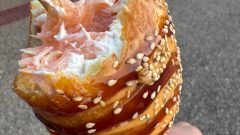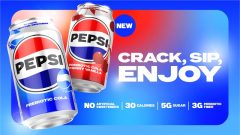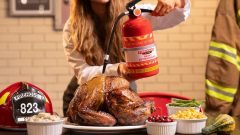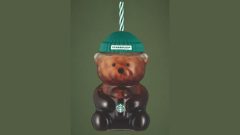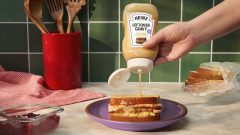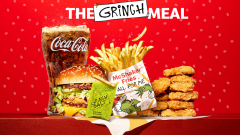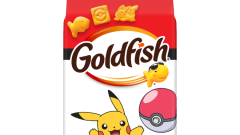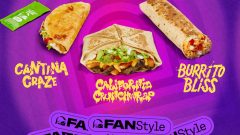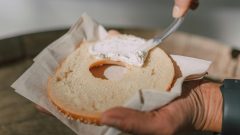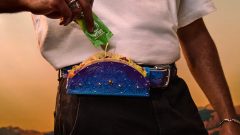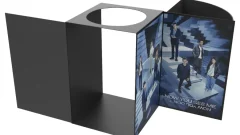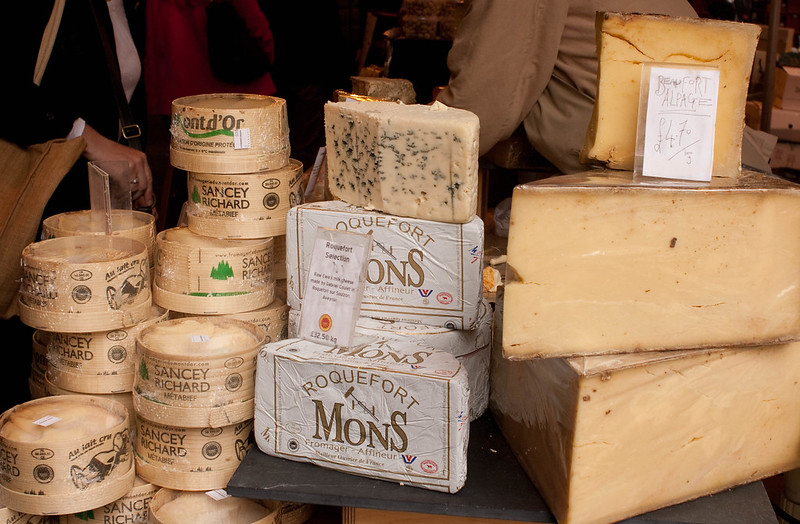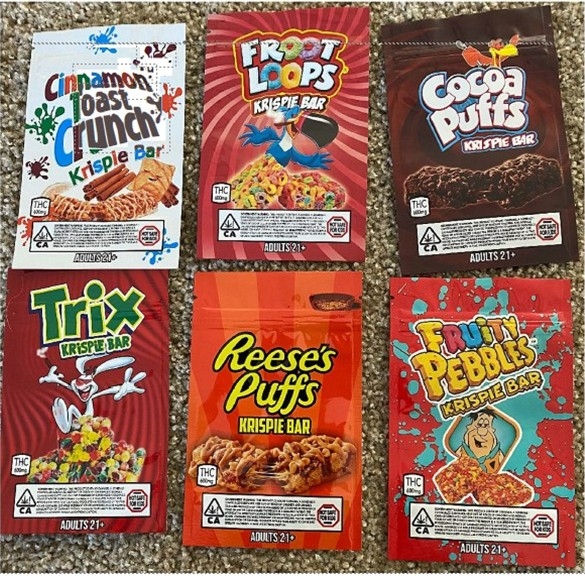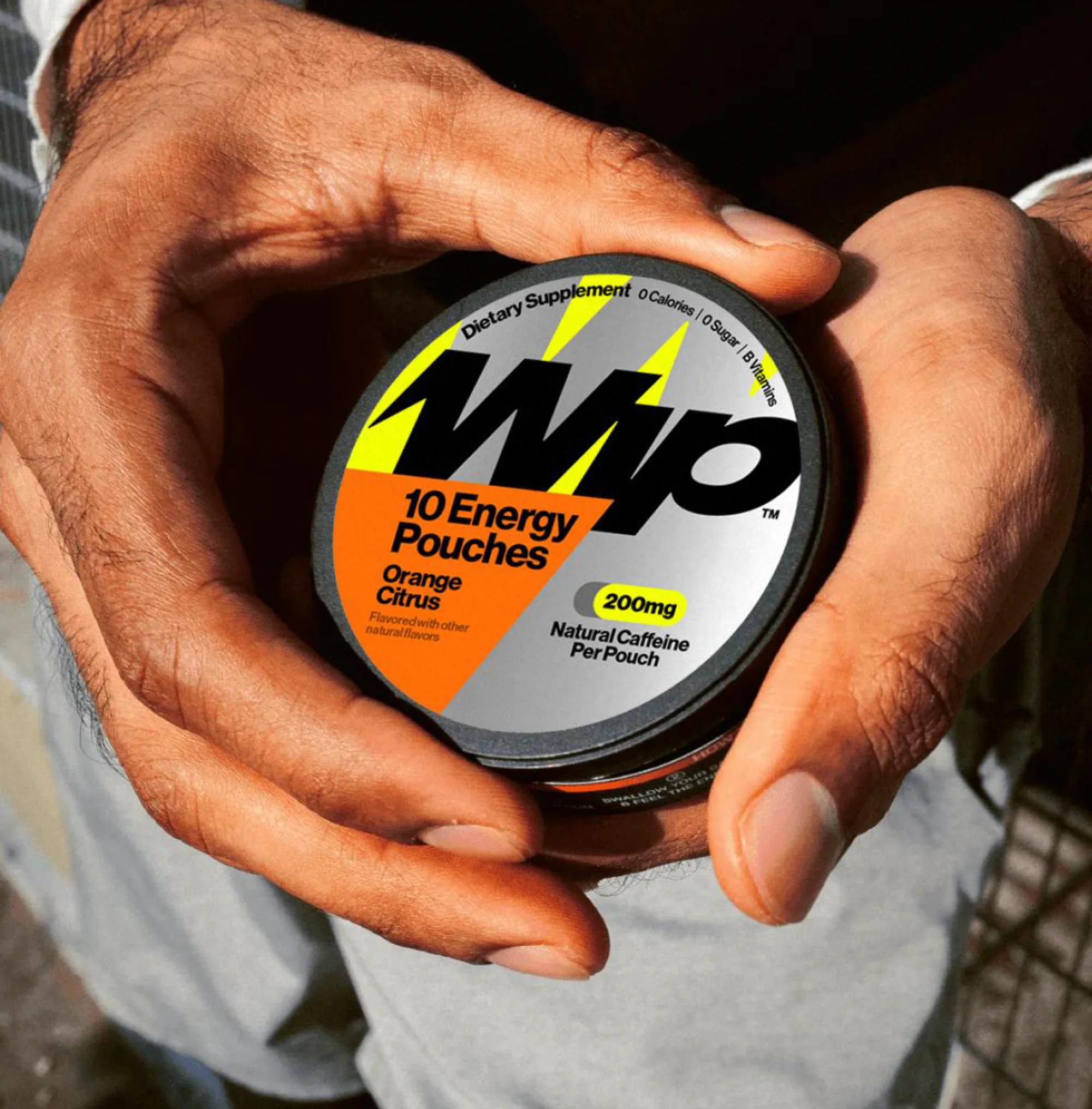6 Things You Didn’t Know About Food Comas
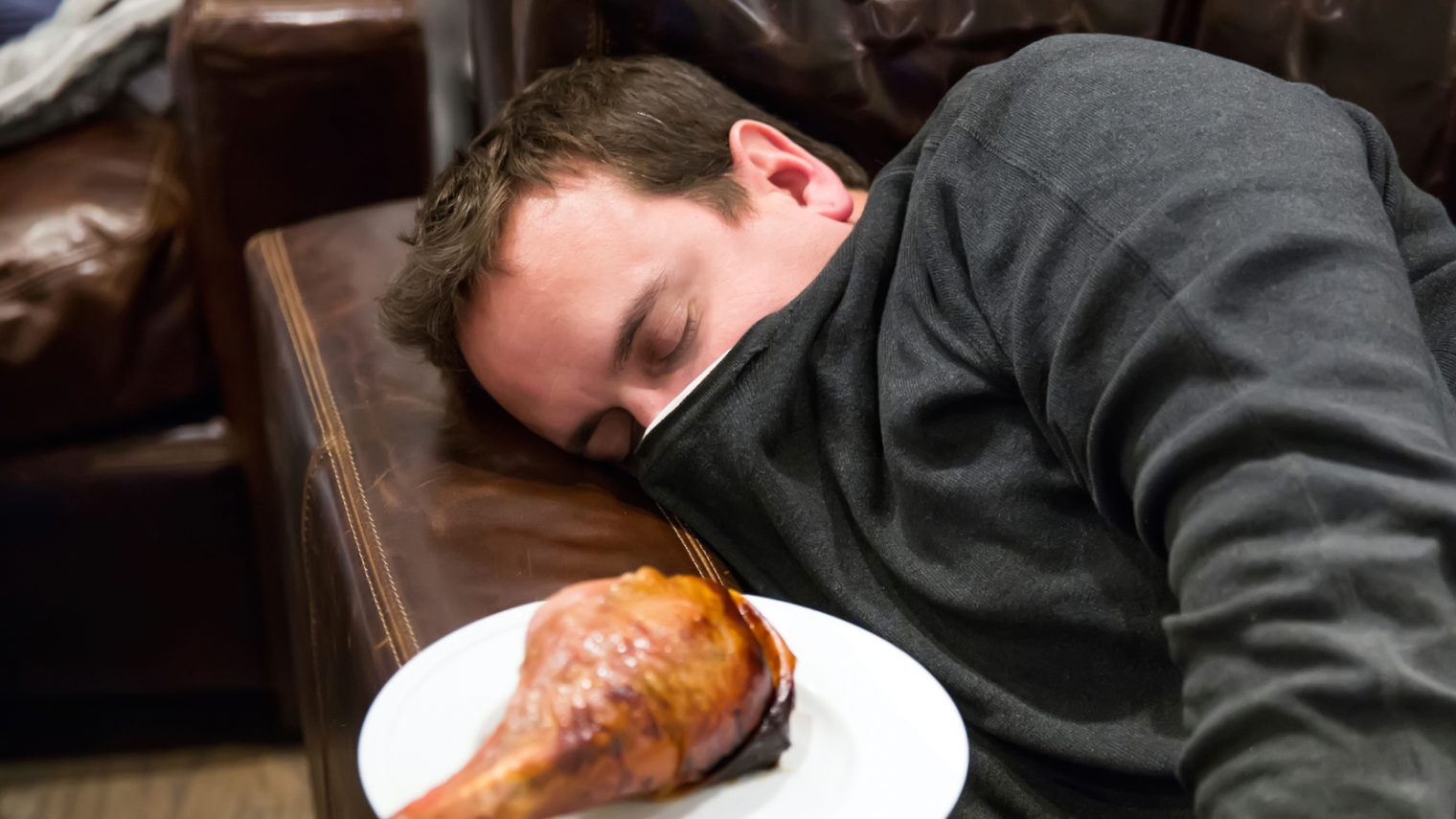
Postprandial somnolence doesn’t exactly roll off the tongue, which is probably why you know this phenomenon as the food coma or the itis. When people eat large meals, they often feel a nap coming on, and there’s no bigger meal than Thanksgiving. That being said, let’s take a look at some of the truths and misconceptions about this little-understood phenomenon that… causes… ZZZZZZZzzzzzzzzzz…
You’re Experiencing The Opposite Of Fight-or-Flight

Photo: Verbal Aikido
When you eat a lot of food, your brain switches focus from moving to resting, which is believed to cause the neurochemical switch towards restfulness. This is because your body’s priority has become digesting all that food and turning it into energy. You’re essentially feeling the opposite of the fight-or-flight survival response, where your mind releases energetic chemicals to protect you from gnarly predators.
High Glycemic Index = Low Activity

Photo: Low Glycemic Foods
Hand in hand with the shift in neurochemistry, there are certain foods that release their sugars into your bloodstream more quickly than others. This means that your body has to work super hard and divert resources to soak up all this sugar in your bloodstream. This only serves to reinforce the not-fight-and-not-flight response. These high glycemic index foods include starches (potatoes, yams, and corn), fruits (cranberry sauce) and processed grains (dinner rolls). So basically everything at your table this Thanksgiving.
You’re Not Experiencing Loss Of Blood Flow To The Brain

Photo: Huffington Post
Though extra blood flows to your stomach to help in digestion, it’s not coming from your brain or respiratory system. The extra blood comes from your muscular system (which is the same reason that you’ll get a cramp if you run or swim after eating). So the myth that sleepiness is a result of decreased blood flow in your brain is completely ridiculous and, by the way, is also not one of the things that can cause an actual coma.
Fight It With Blue Light

Photo: The Backstage Beat
While nothing can completely overcome a belly full of turkey, gravy, and pie, blue-enriched white light might give you a bit of a head start on fighting the dreaded food coma. In a 2015 study published in the journal Ergonomics, researchers found that the presence of blue lights during daylight hours actually improved alertness among workers following their meal breaks. In other words, plugging a cooler blue-white light over the Thanksgiving centerpiece might help you rally for a third round of pie.
Nap Attack
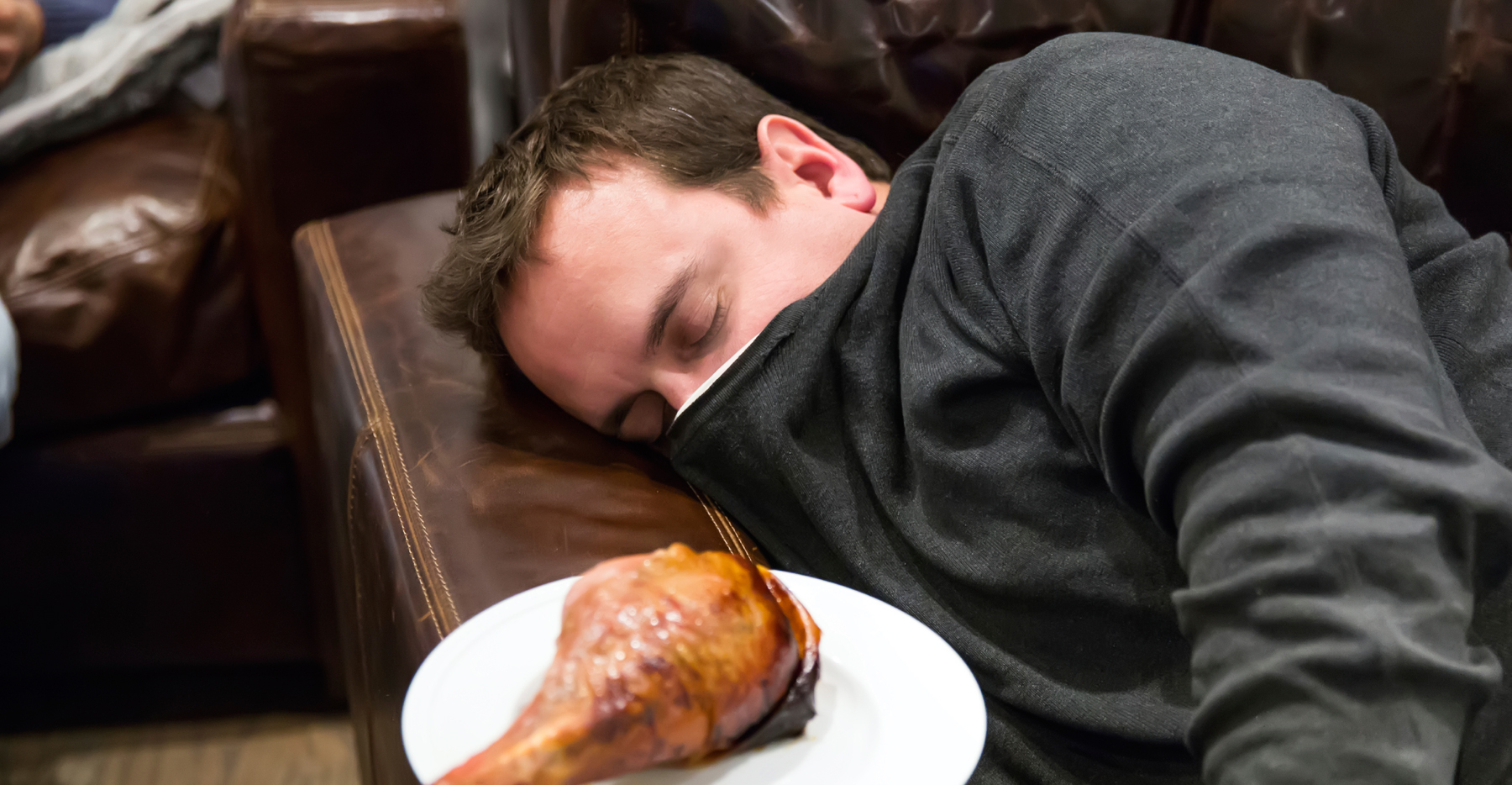
Photo: Greatist
Though the need for sleep might be overwhelming, there are serious risks associated with sleeping immediately after eating, especially with a large meal. Your food is often not metabolised the same while you’re lying down, which can lead to anything from weight gain to heartburn to acid-reflux. The worst risk, however, might be increased incidents of strokes among people who fall asleep sooner after eating. A study from the University of Ioannina Medical School in Greece showed the correlation between sleeping after eating and increased risk of stroke, though the causes remain unclear.
Don’t Blame It on the Bird

Photo: Medical Daily
The bird is the word when it comes to inducing sleepiness, according to the uninformed, because of high levels of the amino acid tryptophan. Turkey, however, contains levels of tryptophan roughly equivalent to beef or chicken. On the other hand, soybeans, sunflower seeds, and sesame seeds are extremely high in the amino acid — meaning you’d be better off avoiding sushi on Thanksgiving. But the harsh truth is that the main culprit behind your sleepiness is stuffing your face like Jabba the Hut.

